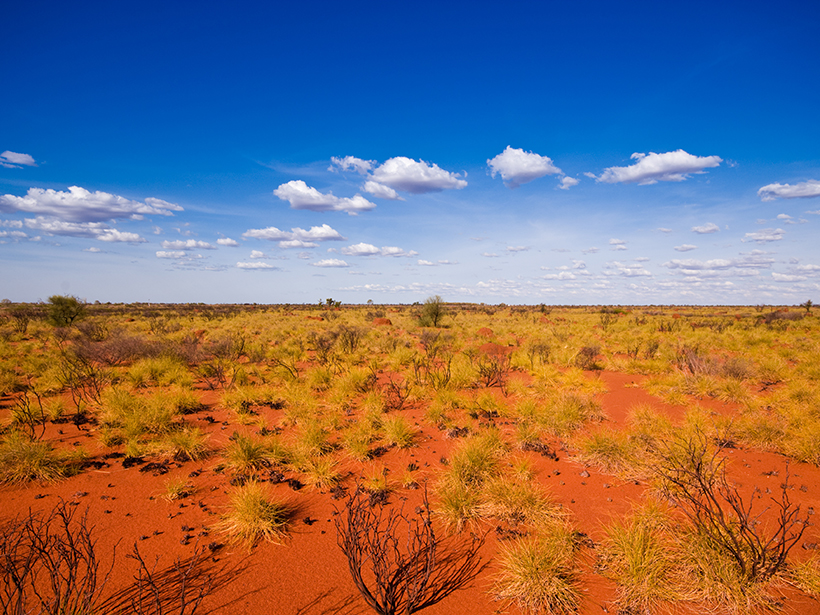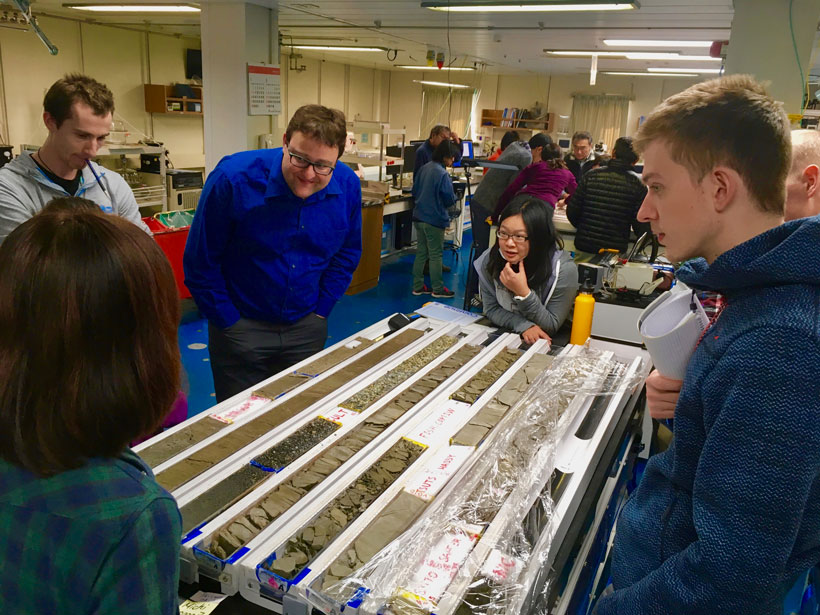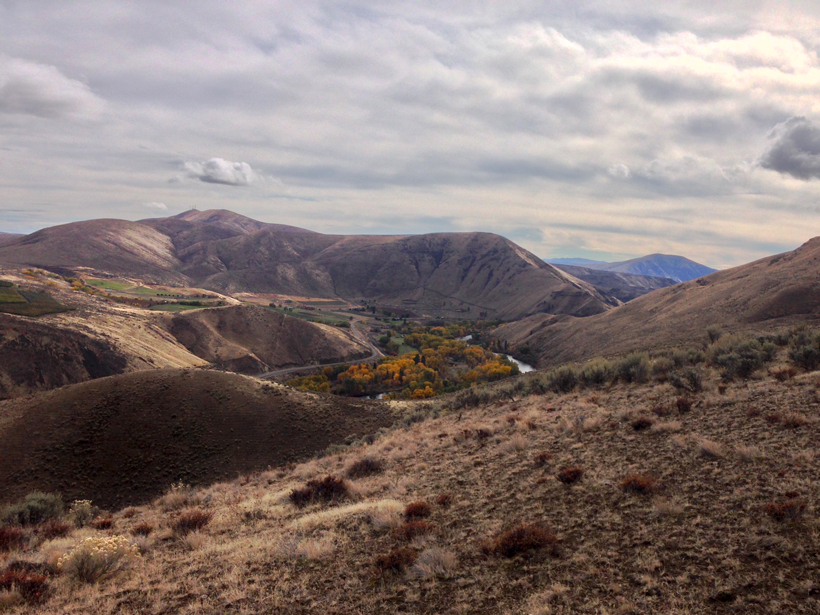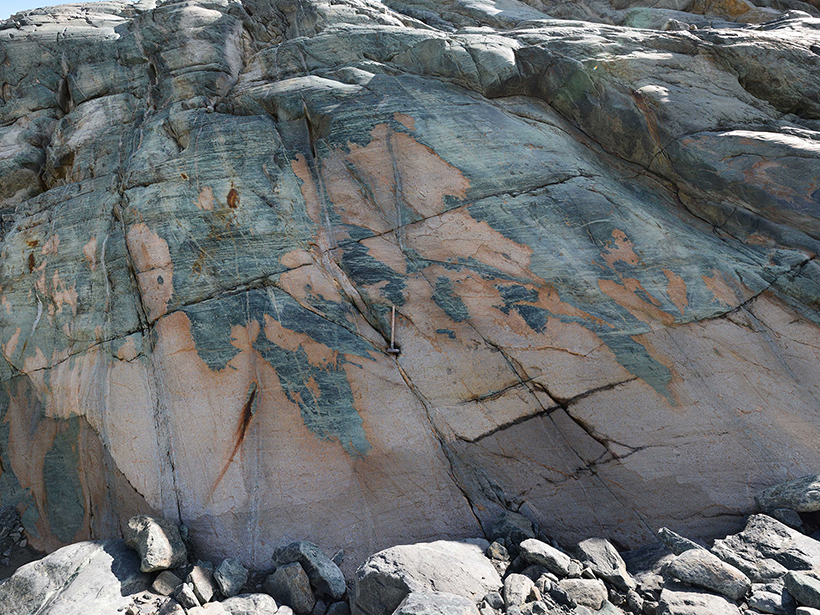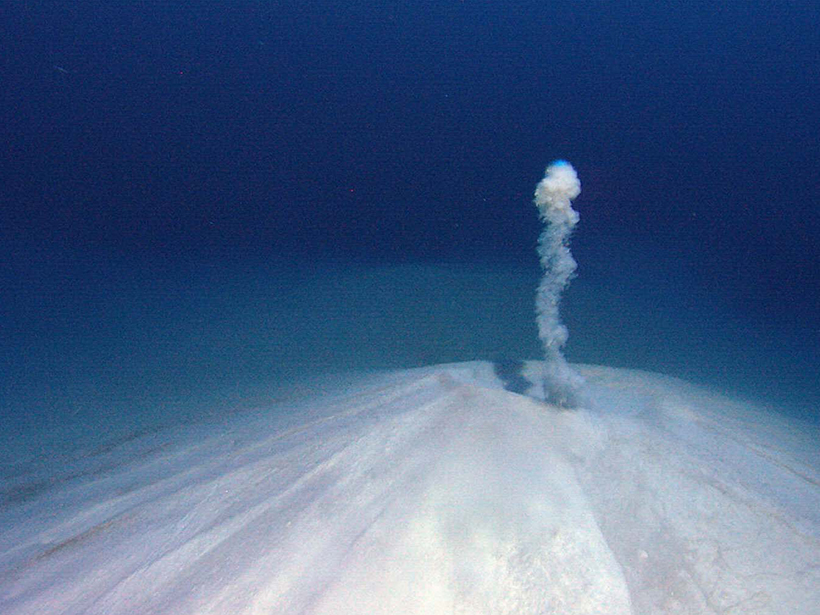New data synthesis suggests that varying rates of trench retreat along the margin of the Gondwana supercontinent were responsible for the curvature of the Tasmanide mountain chains.
subduction
At-Sea Workshop Advances Subduction Zone Research
International Ocean Discovery Program Core-Log-Seismic integration at Sea (CLSI@Sea) workshop; Nankai Trough, Philippine Sea, off the coast of southwest Japan, January–February 2018
Constraining Central Washington’s Potential Seismic Hazard
Fault geometry and slip rate analyses show deformation in the Yakima Fold Province accelerated in the Pleistocene and has remained elevated, offering new insights into earthquake recurrence intervals.
The Curious Case of the Ultradeep 2015 Ogasawara Earthquake
Unusual ground motion associated with the deepest major earthquake in the seismological record is due to both its great depth and its origin away from the subducting slab.
Scientists Simulate New Mechanism of Fluid Flow in Earth’s Crust
Three-dimensional high-performance computer modeling reveals the behavior of fluid transport waves generated by chemical reactions that take place during metamorphism.
Revising an Innovative Way to Study Cascadia Megaquakes
Researchers probe natural environments near subduction zones to decrypt underlying mechanisms of major earthquakes.
Unraveling the History of the India-Asia Collision
A study of deformed and metamorphosed rocks exposed in Tibet’s Lopu Range suggests that episodes of crustal shortening and extension during the evolution of the Himalaya are related to subduction processes.
Why Do Great Earthquakes Follow Each Other at Subduction Zones?
A decade of continuous GPS measurements in South America indicates that enhanced strain accumulation following a great earthquake can initiate failure along adjacent fault segments.
Fingerprinting the Source of Fore-Arc Fluids
A new model tracks boron and other tracers in fluids expelled from subducting slabs to help identify the fluids' source regions and migration routes.
Probing the Source Properties of Deep Earthquakes
A global review of earthquake rupture parameters reveals that deep earthquakes have larger fracture energies and may have different rupture mechanisms than shallower seismic events.

